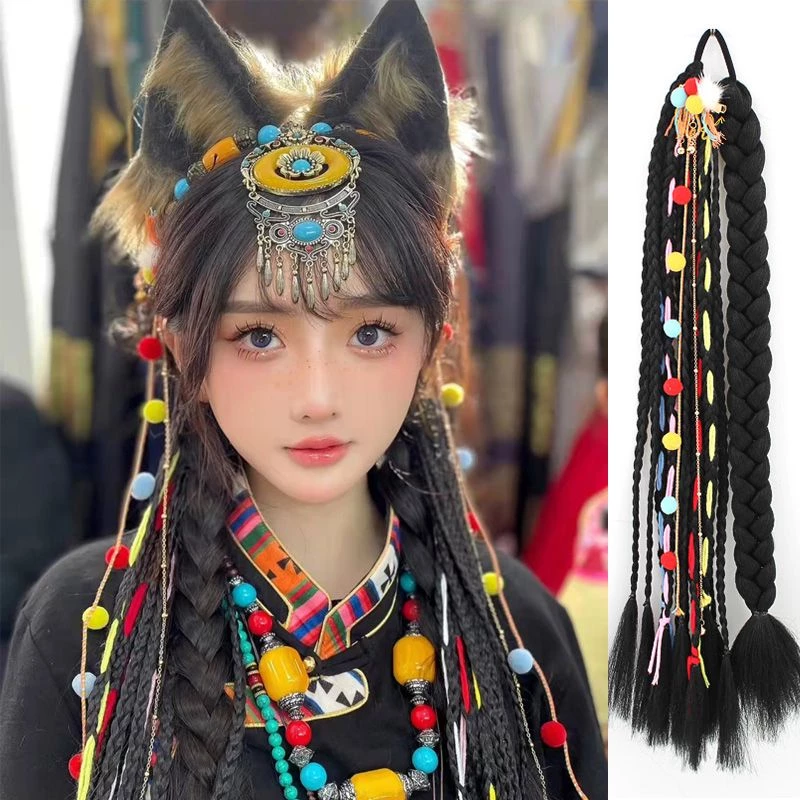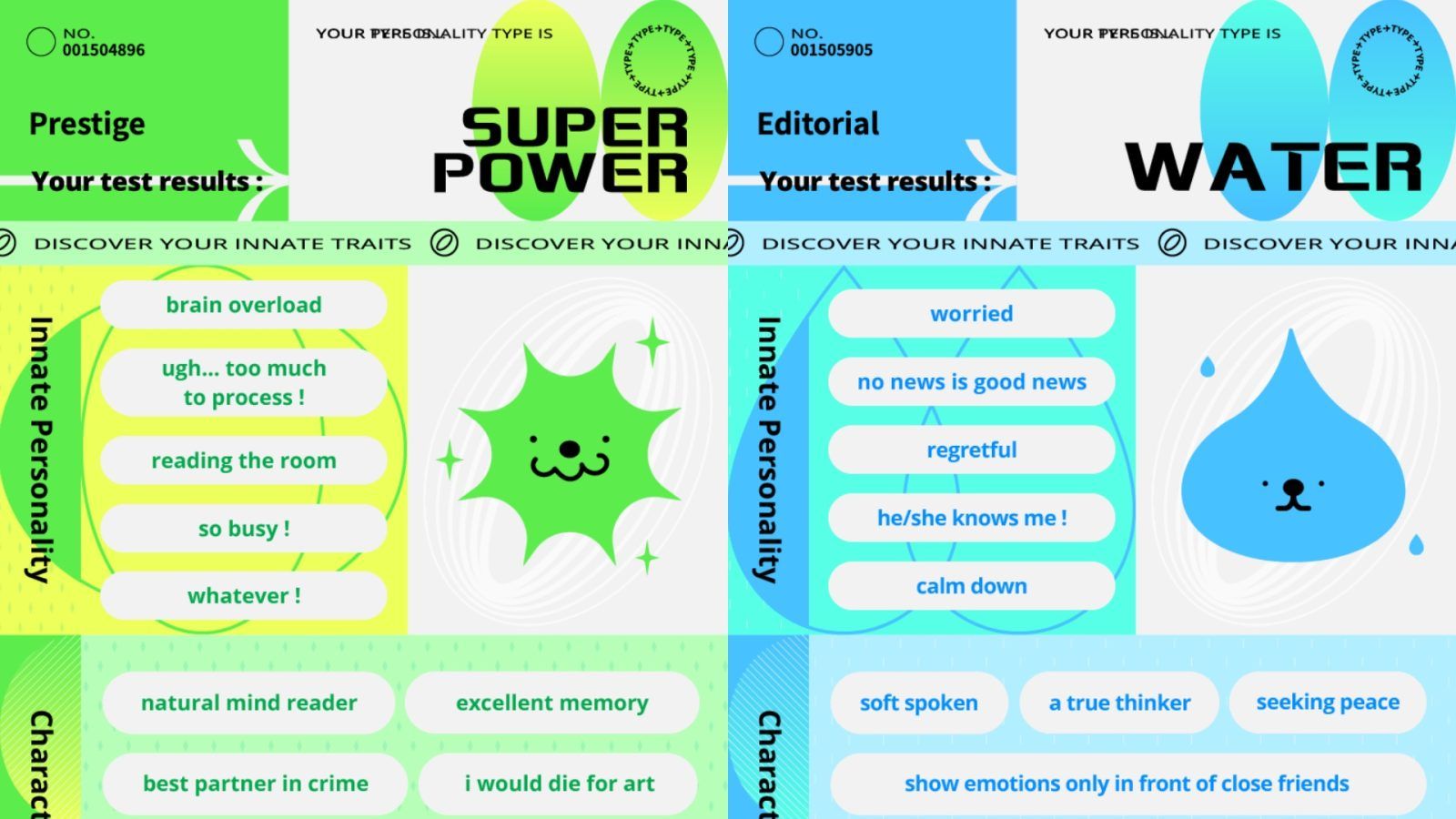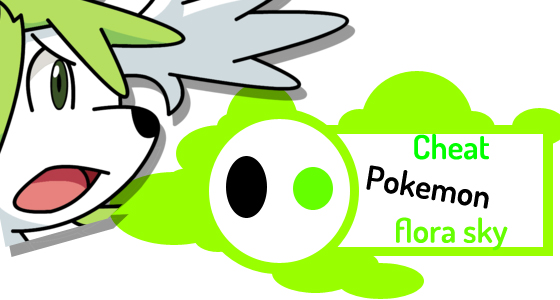Streblidae
| Streblidae | |
|---|---|
| Phân loại khoa học | |
| Giới (regnum) | Animalia |
| Ngành (phylum) | Arthropoda |
| Phân ngành (subphylum) | Hexapoda |
| Lớp (class) | Insecta |
| Phân lớp (subclass) | Pterygota |
| Phân thứ lớp (infraclass) | Neoptera |
| Liên bộ (superordo) | Endopterygota |
| Bộ (ordo) | Diptera |
| Phân bộ (subordo) | Brachycera |
| Phân thứ bộ (infraordo) | Muscomorpha |
| Nhánh động vật (zoosectio) | Schizophora |
| Phân nhánh động vật (subsectio) | Calyptratae |
| Liên họ (superfamilia) | Hippoboscoidea |
| Họ (familia) | Streblidae (but see text) Kolenati, 1863 |
| Phân họ | |
Danh sách | |
Streblidae là một họ ruồi trong liên họ Hippoboscoidea, và cùng với các họ hàng của nó là Nycteribiidae tạo thành nhóm ruồi dơi.
Phân loại
[sửa | sửa mã nguồn]Họ này có khoảng 237 loài được chia thành 33 chi và 5 phân họ. Một số tác giả đề xuất rằng, họ Streblidae và Nycteribiidae có thể hợp thành một họ monophyletic bao gồm tất cả các loài ruồi dơi.[1]
- Phân họ Brachytarsininae Speiser 1900 (sometimes Nycteriboscinae)
- Chi Brachytarsina Macquart, 1851
- Chi Megastrebla Maa, 1971
- Phân chi Aoroura
- Phân chi Megastrebla Maa, 1971
- Chi Raymondia Frauenfeld, 1855
- Chi Raymondiodes Jobling, 1954
- Phân họ Ascodipterinae Monticelli 1898
- Chi Ascodipteron Adensamer, 1896
- Chi Maabella Hastriter & Bush, 2006
- Chi Paraascodipteron Advani & Vazirani, 1981
- Phân họ Nycterophiliinae Wenzel, 1966
- Chi Nycterophilia Ferris, 1916
- Chi Phalconomus Wenzel, 1984
- Phân họ Streblinae Speiser, 1900
- Chi Anastrebla Wenzel, 1966
- Chi Metelasmus Coquillett, 1907
- Chi Paraeuctenodes Pessôa & Guimarães, 1937
- Chi Strebla Wiedemann, 1824
- Phân họ Trichobiinae Jobling, 1936
- Chi Anatrichobius Wenzel, 1966
- Chi Aspidoptera Coquillett, 1899
- Chi Eldunnia Curran, 1934
- Chi Exastinion Wenzel, 1966
- Chi Joblingia Dybas & Wenzel, 1947
- Chi Mastoptera Wenzel, 1966
- Chi Megistopoda Macquart, 1852
- Chi Megistapophysis Dick & Wenzel, 2006
- Chi Neotrichobius Wenzel & Aitken, 1966
- Chi Noctiliostrebla Wenzel, 1966
- Chi Paradyschiria Speiser, 1900
- Chi Parastrebla Wenzel, 1966
- Chi Paratrichobius Costa Lima, 1921
- Chi Pseudostrebla Costa Lima, 1921
- Chi Speiseria Kessel, 1925
- Chi Stizostrebla Jobling, 1939
- Chi Synthesiostrebla Townsend, 1913
- Chi Trichobioides Wenzel, 1966
- Chi Trichobius Gervais, 1844
- Chi Xenotrichobius Wenzel, 1976[2]
Chú thích
[sửa | sửa mã nguồn]- ^ Petersen, Frederik Torp; Meier, Rudolf; Kutty, Sujatha Narayanan & Wiegmann, Brian M. (2007). [doi=10.1016/j.ympev.2007.04.023 “The phylogeny and evolution of host choice in the Hippoboscoidea (Diptera) as reconstructed using four molecular markers”] Kiểm tra giá trị
|url=(trợ giúp). Molecular Phylogenetics and Evolution. The Netherlands: Elsevier. 45 (1): 111–122. doi:10.1016/j.ympev.2007.04.023. ISSN 1055-7903. PMID 17583536. Truy cập 10 tháng 12 năm 2008. Thiếu dấu sổ thẳng trong:|url=(trợ giúp)Quản lý CS1: nhiều tên: danh sách tác giả (liên kết) - ^ Gustavo Graciolli, Carl W. Dick (22 tháng 10 năm 2008). “Checklist of World Streblidae (DIPTERA: HIPPOBOSCOIDEA)” (PDF). The Field Museum: 7. Bản gốc (pdf) lưu trữ ngày 13 tháng 2 năm 2012. Truy cập 18 tháng 9 năm 2008. Chú thích journal cần
|journal=(trợ giúp)
Tham khảo
[sửa | sửa mã nguồn]Đọc thêm
[sửa | sửa mã nguồn]- Dick, C.W. & Gettinger, D. (2005): A faunal survey of streblid flies (Diptera: Streblidae) associated with bats in Paraguay. Journal of Parasitology 91(5): 1015-1024. doi:10.1645/GE-536R.1 PDF fulltext Lưu trữ 2011-07-16 tại Wayback Machine
- Fritz, G.N. (1983): Biology and ecology of bat flies (Diptera: Streblidae) on bats in the genus Carollia. Journal of Medical Entomology 20(1): 1-10. PMID 6827567
- Gannon, M.R. & Willig, M.R. (1995): Ecology of ectoparasites from tropical bats. Environmental Entomology 24(6): 1495−1503. PDF fulltext Lưu trữ 2010-07-15 tại Wayback Machine
- Komeno, C.A. & Linhares, A.X. (1999): Batflies parasitic on some phyllostomid bats in đông nam Brazil: parasitism rates and host-parasite relationships. Memórias do Instituto Oswaldo Cruz 94(2): 151-156. doi:10.1590/S0074-02761999000200004 PDF fulltext
- Patterson, B.D.; Ballard, J.W. & Wenzel, R.L. (1998): Distributional evidence for cospeciation between Neotropical bats and their bat fly ectoparasites. Studies of Neotropical Fauna and Environment 33(2): 76−84. doi:10.1076/snfe.33.2.76.2152 PDF fulltext Lưu trữ 2011-07-16 tại Wayback Machine
- Wenzel, R.L. (1976): The Streblid batflies of Venezuela (Diptera:Streblidae). Brigham Young University Science Bulletin (Biological Series) 20(4): 1−177.
- Wenzel, R.L. & Tipton, V.J. (eds.) (1966): Ectoparasites of Panama. Field Museum of Natural History, Chicago, Illinois, USA.
Chúng tôi bán
 GIẢM
50%
GIẢM
50%
99.000 ₫
198.000 ₫
 GIẢM
39%
GIẢM
39%
7.300.000 ₫
12.000.000 ₫
 GIẢM
15%
GIẢM
15%
64.000 ₫
75.000 ₫
 GIẢM
11%
GIẢM
11%
106.800 ₫
120.000 ₫
 GIẢM
31%
GIẢM
31%
123.187 ₫
179.000 ₫
 GIẢM
20%
GIẢM
20%
143.200 ₫
179.000 ₫



